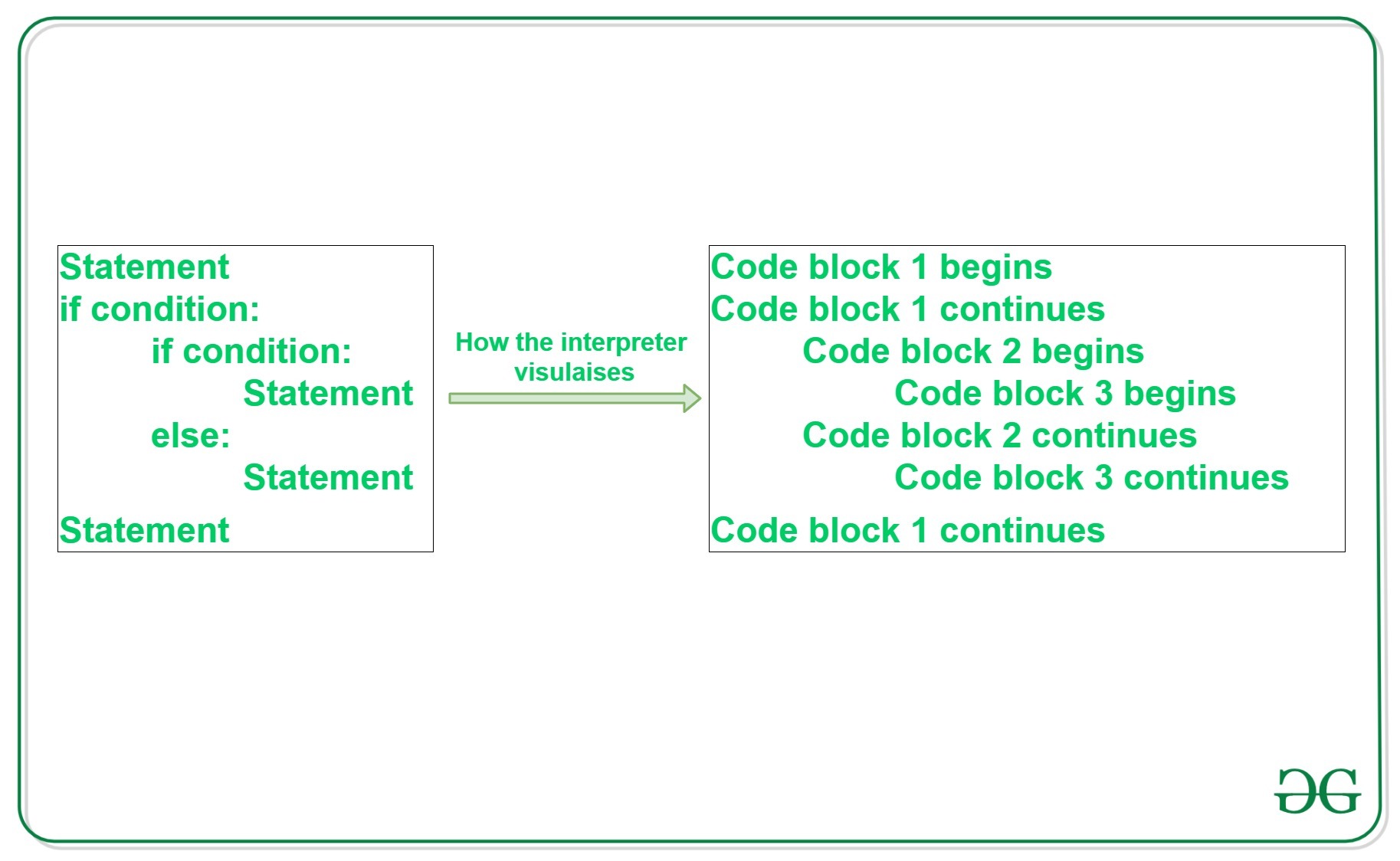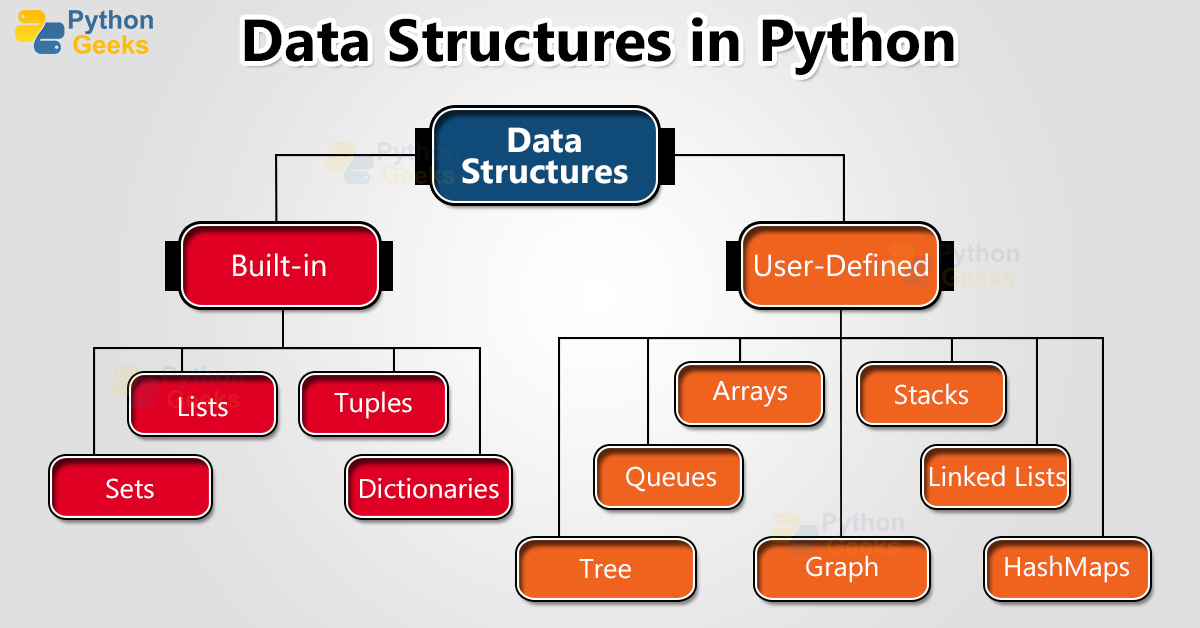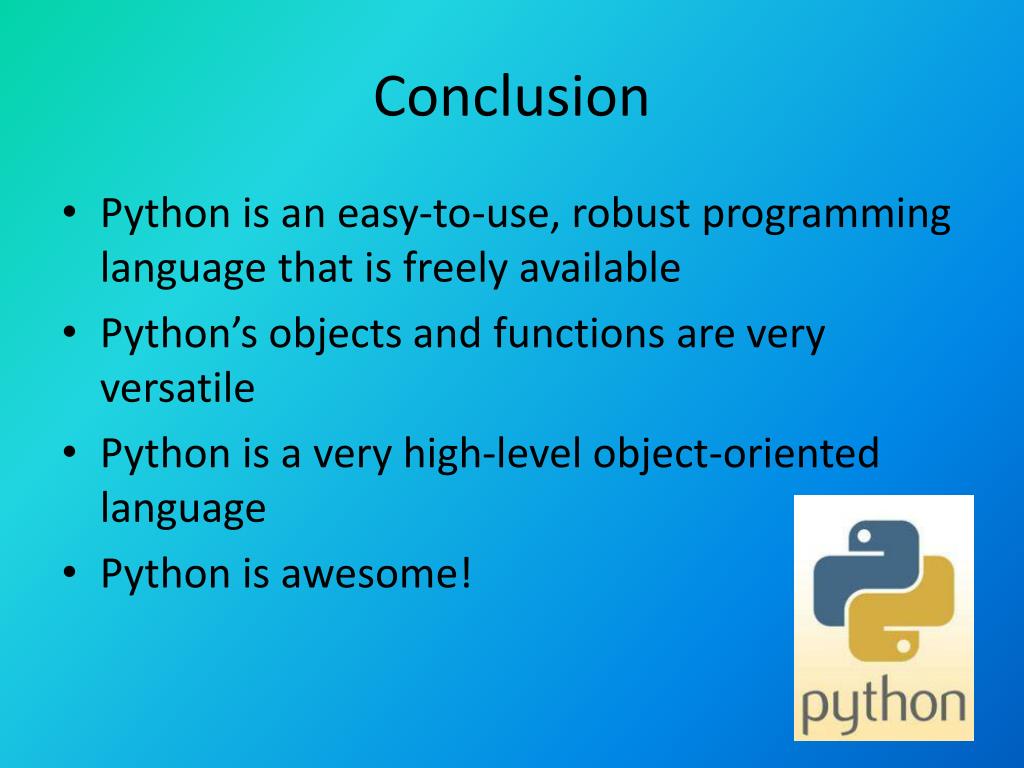Python Program Presentation
| Introduction to Python Program | ||
|---|---|---|
| Python is a high-level programming language that is known for its simplicity and readability. It is widely used in various domains such as web development, data analysis, machine learning, and automation. Python programs are written using plain English-like syntax and are executed by the Python interpreter. | ||
| 1 | ||
| Features of Python Program | ||
|---|---|---|
| Python supports both procedural and object-oriented programming paradigms. It has a vast standard library that provides ready-to-use modules and functions for various tasks. Python is platform-independent, making it highly portable and accessible on different operating systems. | ||
| 2 | ||
| Benefits of Python Program | ||
|---|---|---|
| Python programs are highly readable and maintainable, reducing the time and effort required for debugging and modification. It has a large and active community that offers extensive support and resources for beginners and experienced developers. Python's extensive documentation makes it easy to learn and understand, even for beginners with no prior programming experience. | ||
| 3 | ||
| Python Program Development Environment | ||
|---|---|---|
| Python can be developed using Integrated Development Environments (IDEs) such as PyCharm, Visual Studio Code, and Jupyter Notebook. Alternatively, programmers can use a simple text editor and the command line to write and execute Python programs. Python packages like Anaconda provide a comprehensive development environment with pre-installed libraries and tools for scientific computing and data analysis. | ||
| 4 | ||
| Syntax and Control Structures in Python Program | ||
|---|---|---|
| Python uses indentation to define blocks of code instead of using braces or keywords like "begin" and "end". Control structures like if-else statements, loops (for, while), and conditional expressions are used to control the flow of execution. Python supports dynamic typing, allowing variables to be assigned values of different types without explicitly declaring their types. | ||
| 5 | ||
| Data Types and Data Structures in Python Program | ||
|---|---|---|
| Python has built-in data types such as numbers (int, float), strings, booleans, and None (representing the absence of a value). It also provides versatile data structures like lists, tuples, sets, and dictionaries to store and manipulate data efficiently. Python supports advanced data structures like arrays, stacks, queues, and linked lists through external libraries. | ||
| 6 | ||
| Input and Output Handling in Python Program | ||
|---|---|---|
| Python allows reading input from the user using the input() function and displaying output using the print() function. Input and output operations can be redirected to/ from files to enable reading from and writing to external sources. Python provides various file handling functions and modules such as open(), read(), write(), and csv for efficient file operations. | ||
| 7 | ||
| Error Handling and Exception Handling in Python Program | ||
|---|---|---|
| Python has a robust error handling mechanism that allows catching and handling exceptions using try-except blocks. Exceptions are raised when errors or unexpected situations occur during program execution, preventing abrupt termination. Python provides a wide range of built-in exception classes and allows users to define custom exception classes for specific use cases. | ||
| 8 | ||
| Libraries and Modules in Python Program | ||
|---|---|---|
| Python has a vast collection of libraries and modules that extend its functionality for specific tasks. Popular libraries include NumPy for numerical computations, Pandas for data analysis, Matplotlib for data visualization, and TensorFlow for machine learning. Modules are reusable code blocks that can be imported into a program to provide additional functionality, such as math, datetime, and random. | ||
| 9 | ||
| Conclusion | ||
|---|---|---|
| Python is a versatile and powerful programming language for developing a wide range of applications. Its simplicity, readability, and extensive library support make it an ideal choice for beginners and experienced developers alike. By mastering Python, programmers can unlock endless possibilities and contribute to various domains such as web development, data science, and artificial intelligence. | ||
| 10 | ||









